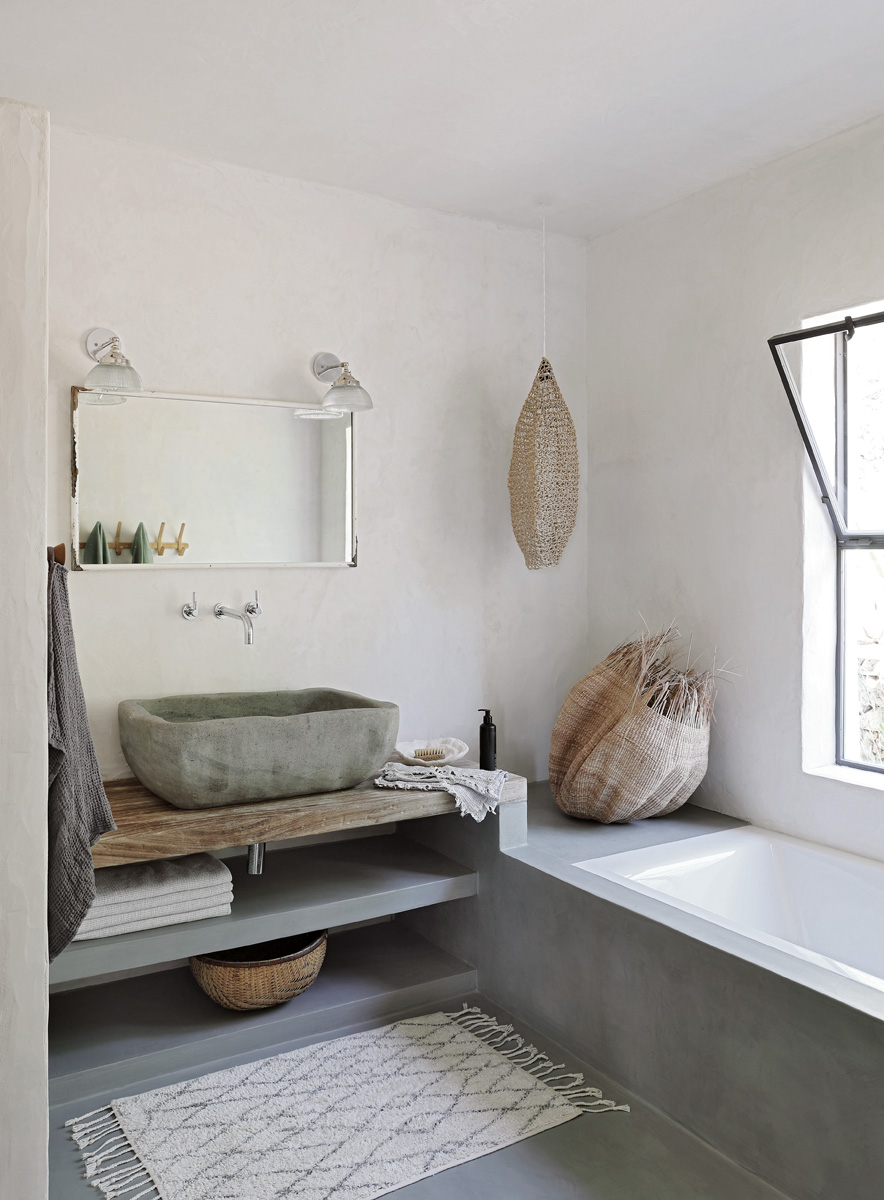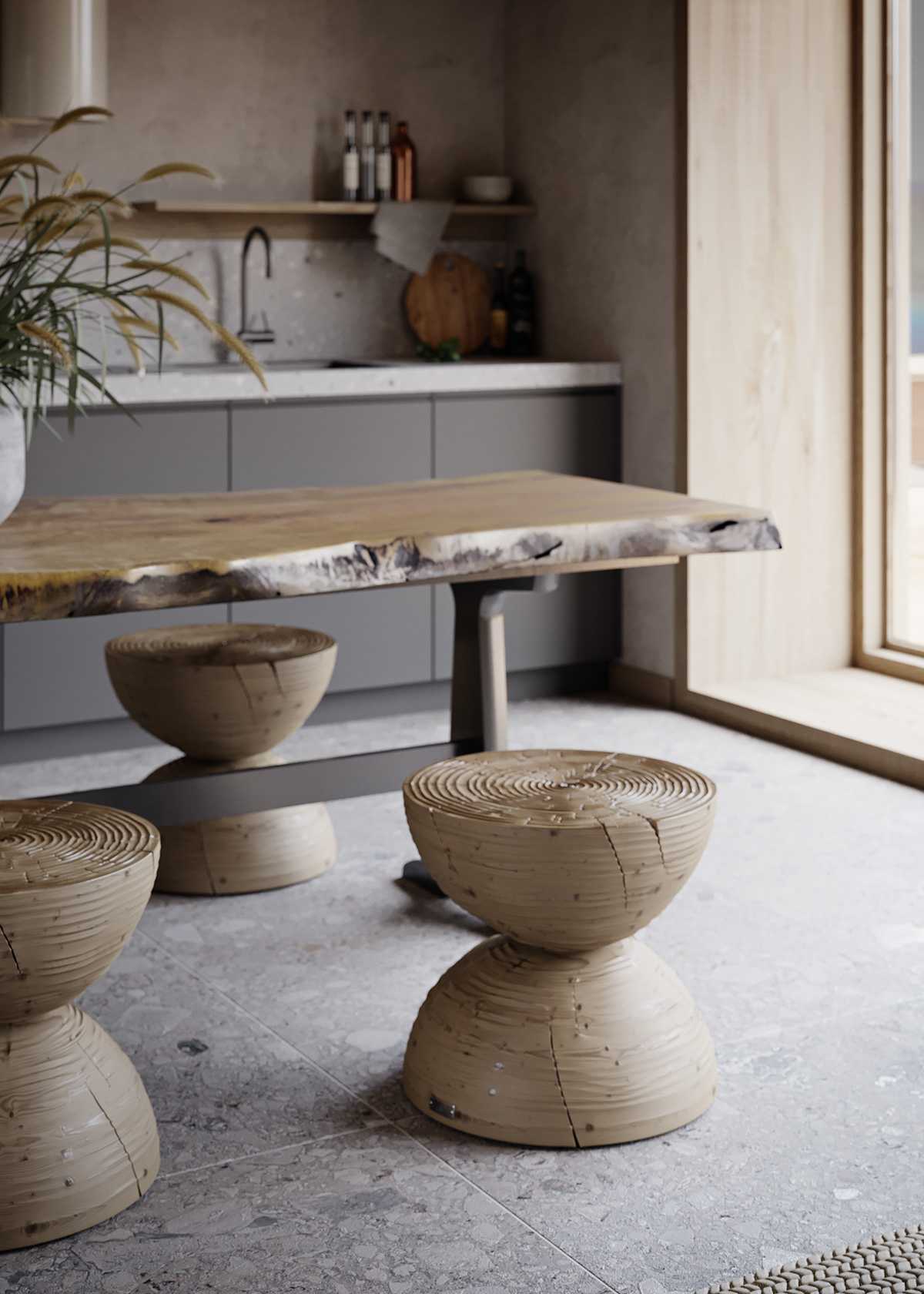Wabi-sabi: furniture that enhances the beauty of imperfection
Nothing is lasting, nothing is perfect and nothing is finished: the three principles of this oriental philosophy guide a harmonious décor, which accepts the passage of time and is forgiving of small defects

There is something extremely welcoming about what we perceive as an environment lived, intimate and authentic . This aims to convey the trend of Wabi-sabi , based on Japanese thought that invites not only to accept imperfection , but find it in it beauty little things. Also, and above all, in defects.
Like the style japandi this trend also develops in the name of simplicity and find in nature his most faithful ally. Like nature change continuously, this philosophy is an encouragement to accept with awareness the passage of time.
A lifestyle that is based on three principles nothing is perfect and lasting over time . All this is reflected in interiors that do not chase an impeccable perfection , but which reflect the everyday life of those who live there. With a predilection for asymmetry and irregular shapes, due to materials natural , handcrafted products and objects tell a story a story.
What does Wabi-sabi mean
As this philosophy does not aspire to perfection , you can't expect to find one literal translation at the end “wabi-sabi” . The first word, which brought with it a connotation more melancholy than loneliness , today refers to simplicity of life in harmony with the nature . The term “sabi”, however, indicates the inexorable passage of time and the serenity that comes from accepting it transience .
Nature and imperfection: materials for a Wabi-sabi aesthetic
Where to find the perfect imperfection if not in nature ? An equilibrium that moves away from precise and smooth shapes and which can be found in materials organic . As the wood , with its veins and its always unrepeatable knots, or the stone , with its shapes asymmetrical and irregular. And between textiles ? The stand out raw linen and organic cotton, which they give away textures and a rustic and natural materiality.
These materials can then be combined handcrafted objects, as ceramics with irregular edges or vases in blown glass. In products made by hand you can find those "defects", born from the manufacturing process, which give away uniqueness to our space.
Wabi-sabi colors: the serenity of neutral tones
The choice of materials determines the palette which dominate the spaces furnished with this style. I am neutral shades to restore that sense of simplicity and serenity that Wabi Sabi aims to identify. Sand, beige and earth tones reflect the heat of nature. Welcome too grey And whites not too cold. Yet we don't need to limit ourselves to these color choices: we can insert shades that change from pink to sugar paper, up to Sage green.
The sustainability of wabi-sabi
The predilection of this style for resistant materials like wood, stone and bamboo makes it a good ally for those trying to create sustainable spaces . Few pieces, but of good quality. There push that this lifestyle gives us acceptance of the passage of time and the invitation to embrace imperfection, also leads us to integrate into our home recycled furniture unique and full of history. If we accept that nothing is everlasting, if we find beauty also and above all in lived objects that show signs of wear, we will be less tempted to replace them frequently.
Primary Source: "Il Corriere della Sera"



